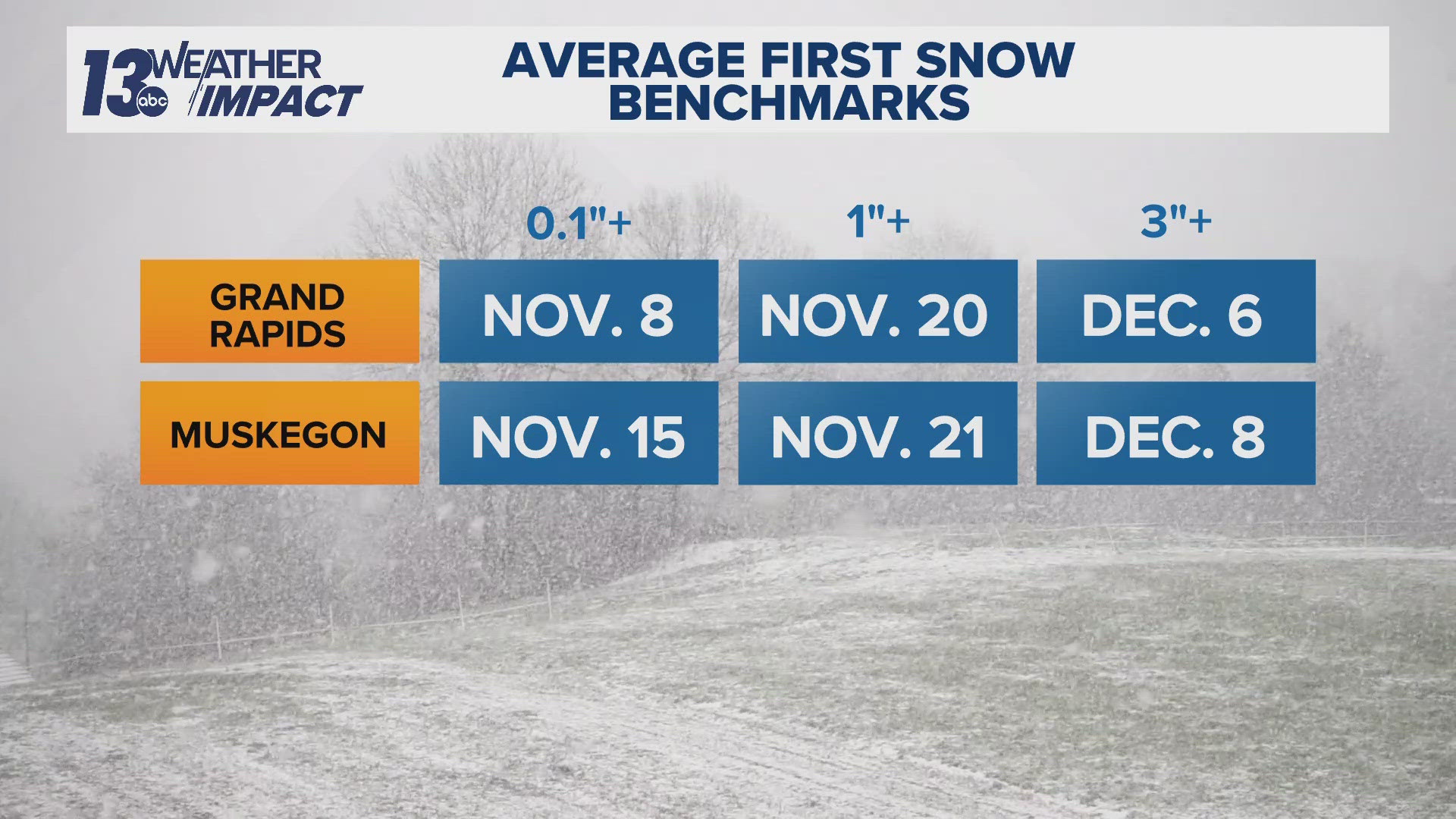An Upper Peninsula couple got a rare, three-day close-up of an animal that usually roams Michigan forests unseen — a large bobcat.
Diane Serra and her husband, Nick, live on 15 rural acres along the Munuscong River in Kelden, in Chippewa County about 20 miles south of Sault Ste. Marie. As they left their house Nov. 12 for a walk in the woods, Diane Serra said she saw a shape by a perennial flower bed she's grown at the edge of her yard, along a tree line only a stone's throw from their home's deck.
"I said, 'Look; there's a fawn standing there,'" she recalled. "And Nick looked over and said, 'Stay behind me.'"
The bobcat had apparently killed a button buck, one of two young deer the couple had seen as fawns this past summer near their property.
"He just stayed there, and we stayed, too," Diane Serra said. "He got a little nervous and picked up a big hunk of it and started walking off slowly. But then he came back."
For three days, the bobcat stayed on its kill, on the edge of the couple's yard. Only the ringing gunshots of the start of firearm deer season Nov. 15 sent the cat scampering away, she said.
Posting a photo of the cat to Facebook had some respondents speculating that it was an even rarer sight: a Canadian lynx, a cat similar to a bobcat but taller and a threatened species in Michigan.
But Marquette-based Michigan Department of Natural Resources wildlife biologist Brian Roell, looking at the photo, said "it's clearly a bobcat." He cited the cat's fur color, the shape of the fur around its head and telltale, pronounced white spots around its nose and chin.
Bobcats aren't threatened and are "fairly common" in the northern Lower Peninsula and, in particular, the U.P., Roell said. Trapping season for bobcat started Thursday in the U.P. and parts of the northern Lower Peninsula; later in December elsewhere below the bridge. A firearm season for bobcat begins New Year's Day. Trappers in the U.P. can take up to two cats with proper permits, he said.
But it's still highly unusual to have such a sustained, up-close sighting of a bobcat, Roell said.
"All of your cats — bobcats, lynx, cougars — are typically fairly secretive," he said. "I'm a wildlife professional, and I've only seen a half-dozen in my whole career when I've been out in the woods."
Roell speculated that the bobcat felt comfortable near the Serra's home because no other animals were attempting to steal its deer kill.
"It' was pretty exciting, but it was scary, too, because he just stayed there," Diane Serra said. The couple have two dogs, a Jack Russell terrier and a Springer Spaniel. "They were afraid to go outside," she said.
"We've seen moose; we've seen black bears; a lot of coyotes and foxes," she said. "But this was very special."
Roell agreed.
"I've certainly never seen a bobcat for three straight days on a kill," he said. "That would be fun to watch."
►Make it easy to keep up to date with more stories like this. Download the WZZM 13 app now.
Have a news tip? Email news@wzzm13.com, visit our Facebook page or Twitter.


